PRODUCTS
Viticulture Technology -Water and Fertilizer Management
Viticulture Technology -Water and Fertilizer Management
1. Introduction
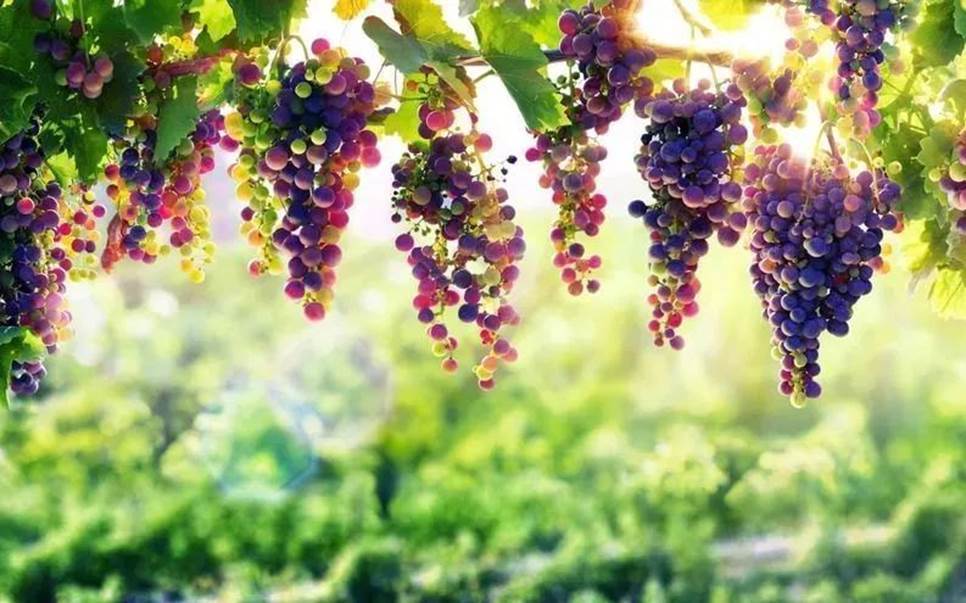
Origin
Grapes are native to Europe, West Asia and North Africa. It a fruit, botanically a berry, of the deciduous woody vines of the flowering plant genus Vitis.
Variety
There are many varieties of grapes, about thousands of which can be divided into two categories: wine grapes and table grapes. According to their different origins, they can be divided into oriental variety groups and European variety groups. "Longan grape", "Sultanina", "Milk" and "Black chicken heart", which have a long history of cultivation in China, all belong to the oriental variety group. "Muscat" and " Carignan " belong to European varieties.
Cultivation
Grapes have been cultivated in China for more than 2,000 years. They are mainly distributed in Northeast, North China, Northwest, Huang-huai-hai regions, and also distributed in South China to some extent.
Temperature
The temperature required in germination stage is 10-12℃, while the temperature required in flower bud differentiation stage is higher, and the optimum temperature is 25-30℃. If the temperature is lower than 14℃, the normal flowering of grapes will be affected. The suitable temperature for maturity is 28-32℃. If the temperature is lower than 15℃, the fruit will not fully mature. For areas with low temperature in winter, attention should be paid to prevent the occurrence of freezing injury when grapes overwinter. In particular, the root system of grapes has poor cold resistance, which can generally be frozen at about-10℃, so attention should be paid to protection.
Water
Grapes have strong drought tolerance. Generally, the annual rainfall in the region of 600-800 mm is most suitable for cultivating grapes. When the soil moisture content is 60%~70%, it is most suitable for root system and new shoot growth; when the moisture content exceeds 80%, the soil will be poorly ventilated and the ground temperature will not rise easily, which is unfavorable for root absorption and growth; and when the moisture content drops below 35%, the new shoots will stop growing.
2. Several critical periods of water management

- The first critical period is before germination. At this time, grapes germinate, new shoots grow rapidly, inflorescences develop, and roots are in vigorous activity stage, which is one of the critical periods of grape water demand.
- 10 days before flowering is also a critical watering period. During this period, new shoots and inflorescences grow rapidly, and the root system begin to grow new root in large quantities. The assimilation is vigorous, the transpiration is gradually increased, and more water is required.
- During the flowering period, water is generally controlled, because watering will lower ground temperature, and the new shoots will grow too vigorously, which is unfavorable to grape fertilization and fruit setting.
- About 10 days after falling flowers is the third critical period. During this period, the root system grows a large number of new lateral roots, and water absorption reaches the most vigorous level. At the same time, the first growth peak of berries comes, which is a critical period of fertilizer and water demand.
- Berry coloring is the second peak period of berry growth. Providing suitable fertilizer and water in this period can not only improve the yield and quality of the current year, but also improve the yield of the next year.
- When grapes are buried in the soil for cold protection, it is inconvenient to bury the soil if the soil is dry, so a small amount of water is required before burying the soil.
As for the index of water deficit of grapevines, the growth of young shoots is often taken as the standard of irrigation. It is considered that the tender shoots are hard and curved as normal growth; if the tender shoots are upright and soft, it is a sign of lack of water and should be irrigated immediately.
3. Soil
Grapevines are highly adaptability to soil, and the fertile sandy loam rich in organic matter is the most suitable. The soil thickness of vineyards is generally above 80-100㎝. The suitable groundwater level should be below 1.5-2m. Generally, grapes grow well in a slightly acidic environment with PH 6-6.5.
4. Fertilization
In addition to the same nitrogen, phosphorus, potassium, calcium, magnesium, and boron requirements of grapevines as other fruit trees, it also has its own characteristics. For every 1,000kg of fruit, it needs to absorb 3-6.6kg of nitrogen,1-3kg of phosphorus and 3-6.5kg of potassium from the soil, and the demand for potassium is at least as much as or even more than that of nitrogen. Nitrogen and phosphorus are preferably absorbed mainly in organic form. This can not only ensure the taste of grapes, but also control the growth of branches and leaves.
5. Management before overwintering after harvest

- Apply base fertilizer in time.
The base fertilizer should be mainly decomposed organic fertilizer, with decomposed high-quality Jiamei bio-organic fertilizer (3500-4000 kg/mu) and three-nutrient compound fertilizer (20-25 kg/mu) applied per mu, and finally applied calcium magnesium phosphate fertilizer (50 kg/mu).
- Reasonable winter pruning.
It should be pruned immediately after half a month of fruit dropping. Generally, short shoot pruning is adopted, that is, 1-2 full buds are left. The wound is sealed in time with the callus antiseptic film to prevent germs and viruses from infecting the wound and protect the growth of wound healing tissue.
- Cleaning and disinfection of vineyards.
The fallen and pruned fruits, leaves and branches are thoroughly cleaned out of the vineyard and destroyed in a concentrated manner. Then use 35-40 kg of quicklime with 100 kg of water, add 0.5 kg of salt and a little oil, and coat the surface of the tree and trellis, which plays the role of disinfection and sterilization, heat preservation and antifreeze, destroy eggs, and reducing the source of disease and insects.
6. Fertilizer and water management in each growth period
A. Bleeding period (sap flow period): from sap flow to bud germination.
When the soil temperature rises to 6-9℃, the grape roots begin to move, the roots begin to absorb water and nutrients and transport them to the overground part to supply the grapes for germination. If there is a wound on the plant, the sap will flow out from the wound, which is called bleeding. Therefore, it is necessary to avoid pruning and wounds during bleeding period, strengthen scarification, increase ground temperature, and ensure certain humidity and sufficient mineral nutrition of soil.
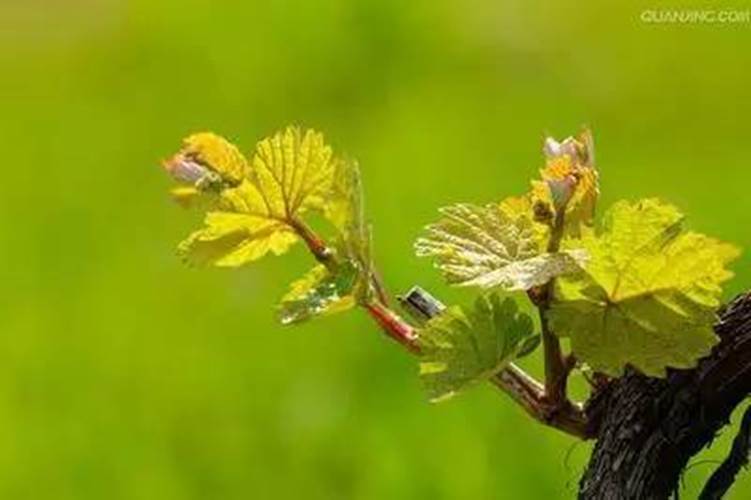
B. Germination and shoot growth period: about 40 days from bud eye germination to the beginning of flowering.
When the average temperature of day and night stabilized at about 10℃, bud eyes began to sprout. After about 2 weeks, the growth speed of new shoots accelerated and reached the peak before flowering. In this period, all organs are in the vigorous growth stage, which is also the preparation stage to establish the growth situation of the current year. Therefore, it is necessary to apply fertilizers such as nitrogen, phosphorus and potassium in time.
Management points
- Clean the vineyard: remove all weeds, dead branches left before from the vineyard, and burn or bury them deeply. The whole vineyard is sprayed with Kemay Jindian to disinfect and prevent frost, preventing the overwintering virus from landing on trees and multiplying.
- Watering: in rainy seasons, the soil moisture is high, and it is not necessary to water. After watering, when the soil is loose, intertillage to preserve moisture.
- Bud picking: all ineffective buds, over-dense buds and auxiliary buds of the double buds in each part from the sprouting stage of winter buds to the leaf spreading stage, and the bud quantity accounts for about 120%-130% of the planned new shoot quantity.
- Top dressing: the first top dressing before budding: it has effects on flower spike differentiation and early growth. Combined with loose soil, apply 5-8kg/mu of Kemay Yinglilai in shallow furrows around the rhizosphere of plants.

C. Flowering period: It takes about 5-14 days from the beginning of flowering to the end of flowering.
The suitable temperature for flowering period is 25-32℃. If the temperature is lower than 15℃, it will not be able to blossom and fertilize normally. Therefore, fertilizers containing fulvic acid, such as Kemay Jindian, must be applied before and after flowering, to prevent cold and promote fertilization and fruit setting, to tie tendrils and pick hearts in time, to remove auxiliary shoots, to improve ventilation and light transmission conditions, and to carry out artificial pollination on pistillate flower varieties and poorly pollinated varieties.
Management points
- 5 days before flowering, the vines are tied around and sprayed with Kemay Boron to protect flower and fruit, control the shoot growth and improve the fruit setting rate. In addition, fertilizer and water supply should be properly controlled.
- Picking inflorescences. Remove all inflorescences on the weak branches that stopped growing before flowering, leaving a inflorescence on the moderately growing branches.
- Inflorescence shaping. 1/5 of the inflorescence apex is removed 3-5 days before flowering.
- Remove tendrils and bind branches and tendrils. The tendrils of new shoots should be pinched off as early as possible, and the new shoots should be tied in time to prevent wind damage.
- Control pests and diseases. Spray Bordeaux mixture 2000 times or carbendazim 500 times before flowering. At the same time, spray 1500 times solution of chlorantraniliprole 20% to prevent gray mold, anthracnose and other diseases and pests such as Lycorma delicatula. A bag of Kemay Jindian must be added when spraying pesticides to improve the efficacy.
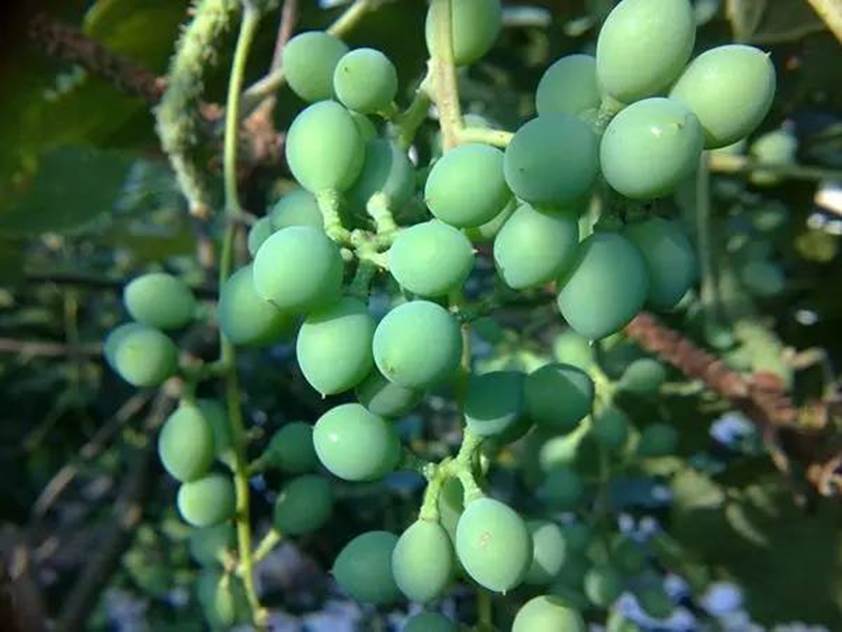
D. Berry growth period: from the beginning of ovary expansion to the beginning of berry softening and coloring.
At this stage, nutrition grows rapidly, and flower bud differentiation is carried out, which consumes more nutrients. Nitrogen, potassium, calcium, boron, manganese and zinc fertilizers should be added in time, and Kemay Hedongli should be applied with 2-5kg/mu, and Kemay Naobaijin should be sprayed on the leaves for 2-3 times to promote fruit expansion, coloring, sweetening and weight gain, and at the same time properly control the growth of new shoots; At this time, it is high temperature and wet season, so it is necessary to strengthen pests and diseases control, and keep green branches and leaves to improve photosynthesis.
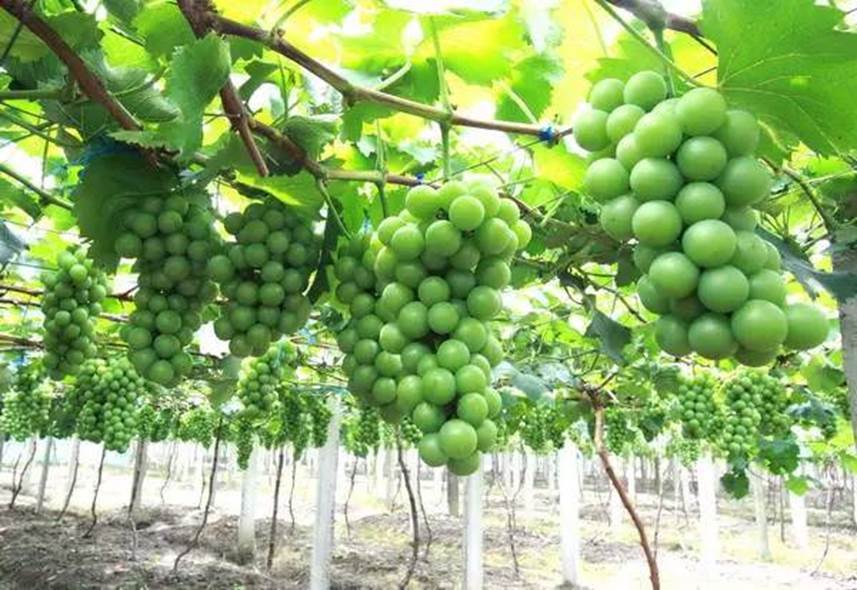
E. Berry maturity: It takes about 20-30 days from the beginning of fruit softening and coloring to full maturity.
At this time, the volume of berries no longer increases obviously, mainly the accumulation and transformation of nutrients. The fruit turns soft, the acidity decreases and the sugar increases. During this period, the berries accumulate a large amount of sugar, the new shoots are gradually lignified, the flower buds continued to differentiate, and the roots begin to store nutrients. Therefore, attention should be paid to increasing the application of nutrients. 15-20kg of Kemay Yinglilai is applied per mu, and Kemay Naobaijin is sprayed for 2-3 times, because it contained phosphorus, potassium, boron, calcium and other nutrients to promote the accumulation of sugar in fruits, the color of the fruits is uniform, and the leaves are protected. Pay attention to drainage in rainy weather to prevent grapes from cracking and rotting.
Management points
Jemay Ocean Star is applied once every 10-15 days before flowering, young fruit stage and fruit expansion stage of grapes, so as to improve the fruit expansion vitality, self-adjust nutrition matching, protect flowers and fruits, strengthen fruits and prevent fruit drop.
Strengthen the control of pests and diseases during the expansion period. The young fruit period is the high incidence of grape diseases and pests. The main control objects are white rot, anthracnose, grape alternaria spot, downy mildew and mites, Lygus lucorum, leafhoppers, wax cicada and clearwing moth. It is generally enough to spray the pesticides three times before bagging. When spraying pesticides, a bag of Jemay Jindian must be added to improve the efficacy.
- Spraying difenoconazole 20% 3000 times + beta-cypermethrin 4.5%1000 times 2-3 days after anthesis.
- Spraying thiram 50% 1500 times and azoxystrobin 25% 1500 times 9-10 days after anthesis.
- Spraying Naobaijin with active calcium 18% 600 times + insecticides 20-21 days after anthesis.
The second topdressing: the fruit expansion period (the middle and late June), which is very important for growth and fruit setting, can be applied with Jemay Yinglilai 10-20kg/mu.
The third grouting fertilizer: Before the grapes mature in mid-to-late July, calcium and potassium fertilizer are the main fertilizers, and Jemay Yinglilai and Hedongli are the most suitable ones, each time 10-20 kg/mu. Production practice shows that applying potassium and calcium during the growth period of berries has a significant impact on yield and sugar content, which is the period of maximum potassium fertilizer efficiency. Therefore, potash fertilizer should be applied in the second to third topdressing.
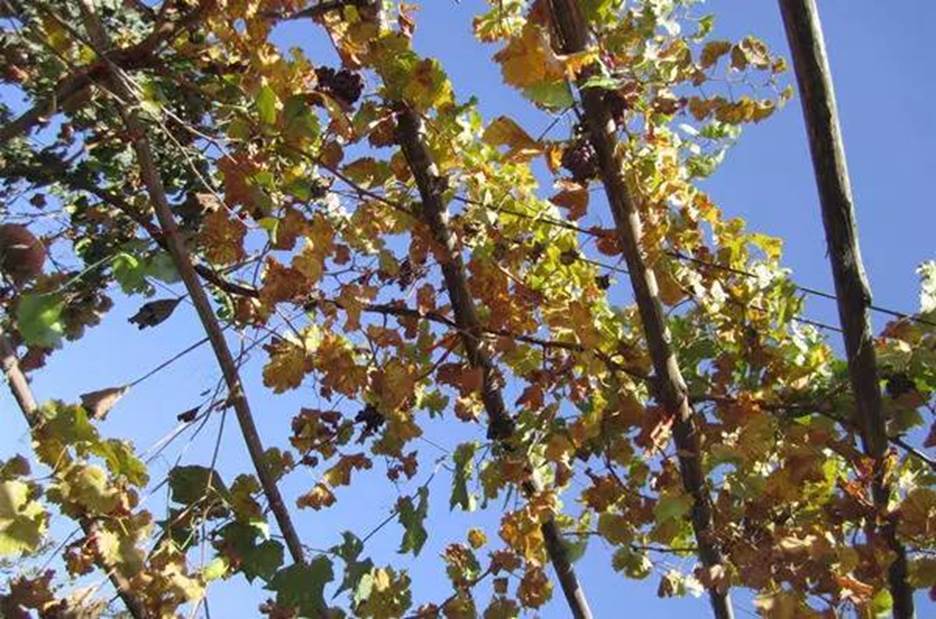
F. Leaf fall period: from physiological maturity of berries to falling leaves.
After harvest, the lignification of the new shoots accelerates, and the nutrients produced by the leaves are stored by the branches and roots. At this time, the field management should be strengthened, and early application of basic fertilizers such as Jemay organic fertilizer can maintain the photosynthesis of the leaves and promote the full maturity of the shoots to improve the cold resistance and overwintering ability of the plants.

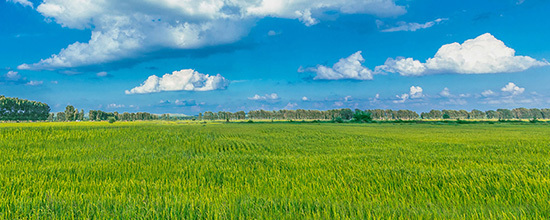
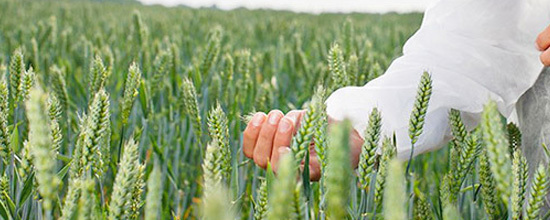


 LANGUAGE
LANGUAGE